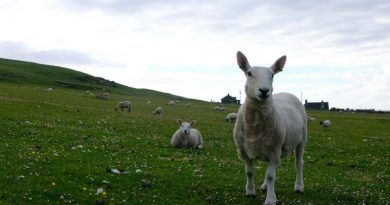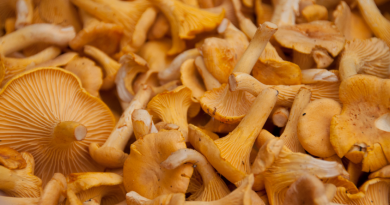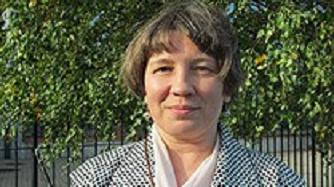Ice-Blog: Greenland melt natural or man-made?
 And does it ultimately make any difference?
And does it ultimately make any difference?
Scientists from the University of Washington (UW) have published a paper in Nature estimating that up to half of the recent warming in Greenland and surrounding areas may be due to climate variations that originate in the tropical Pacific and are not connected with the overall warming of the planet. You can just hear the “I told you so”, from the climate skeptics. “Still”, the UW scientists add, “at least half the warming remains attributable to global warming caused by rising carbon dioxide emissions”.
With all due respect to the scientists who do this essential research – I repeatedly find myself wondering how we can talk about “natural” climate variations at all any more, given that we have changed the parameters so much you could argue none of it is really without human impacts. Does natural fluctuation not act differently if you are starting from completely different base data, brought about by man-made warming through greenhouse gas emissions?
Greenland and parts of neighboring Canada have experienced some of the most extreme warming since 1979, at a rate of about 1 degree Celsius per decade, or twice the global average, the scientists say. “We need to understand why in the last 30 years global warming is not uniform”, says first author Qinghua Ding, a UW atmospheric research scientist. “Superimposed on this global average warming are some regional features that need to be explained”.
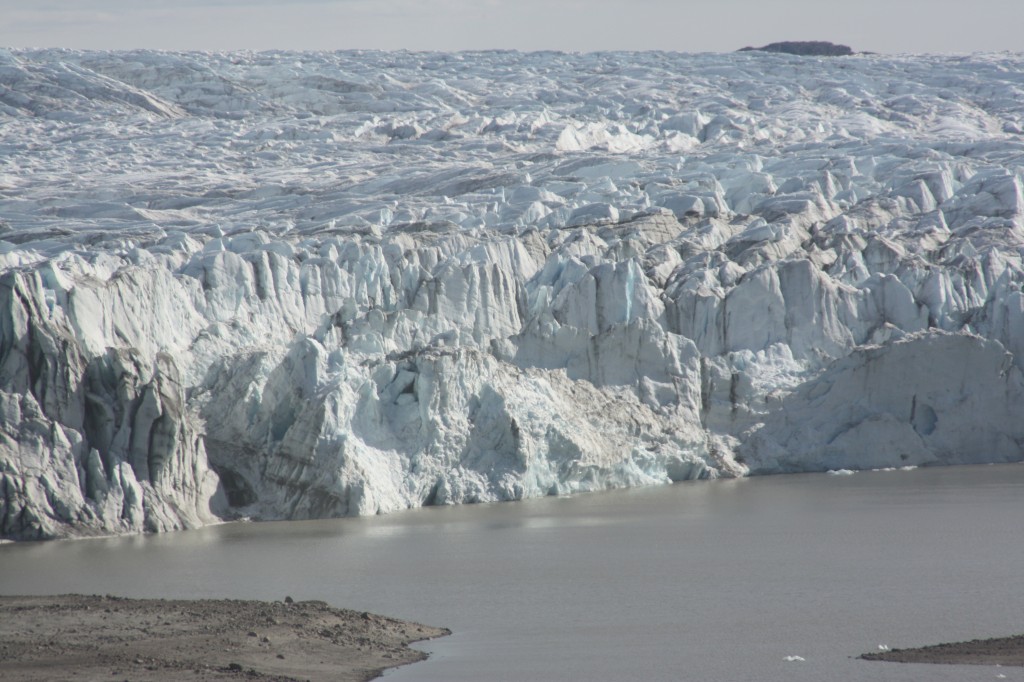
The study uses both observations and advanced computer models. It comes to the conclusion that a warmer western tropical Pacific Ocean has caused atmospheric changes over the North Atlantic that have warmed the surface by about half a degree per decade since 1970. “The pattern of the changes in the tropical Pacific that are responsible for remarkable atmospheric circulation changes and warming in Greenland and the Canadian Arctic are consistent with what we would call natural variability”, says co-author David Battisti, a UW professor of atmospheric sciences.
Of course there will always be natural variability in the course of the seasons and changing meteorological conditions. But in many of the fastest—warming areas on earth, co—author of the new study John “Mike” Wallace, also professor at UW, says global warming and natural variations combine to create a “perfect storm” for warming.
The scientists attribute the natural variations in their study to an “unusually warm western tropical Pacific, near Papua New Guinea. Sind the mid-1990s the water surface there has been about 0.3 degrees hotter than normal. Computer models show this affects the regional air pressure, setting off a stationary wave in the atmosphere that arcs in a great circle from the tropical Pacific toward Greenland before turning back over the Atlantic”. Wallace says there are warm spots where the air has been pushed down, and cold spots where the air has been pulled up. And Greenland, he explains, is in one of the warm spots”.
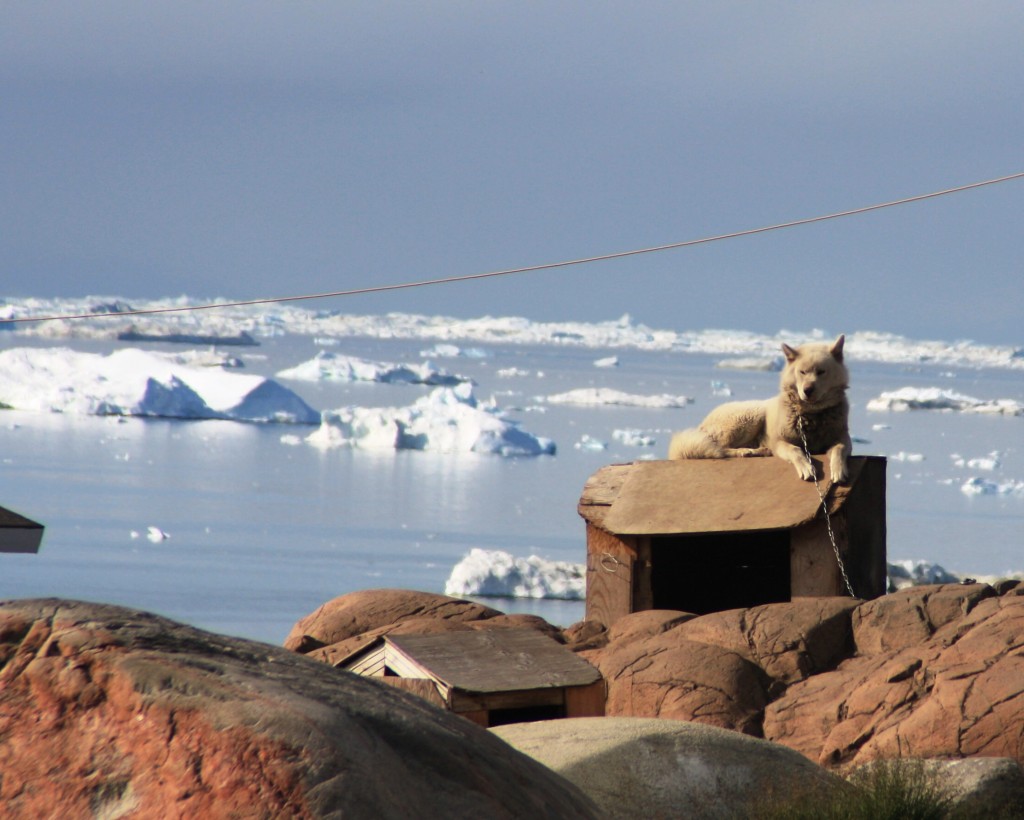
This and other research by these scientists has documented the existence of decades-long climate variations in the Pacific Ocean which resemble the better known shorter-range El Nino variations. Other studies have indicated that waves starting in the same place in the tropical Pacific but radiating southward are warming West Antarctica and melting the Pine Island Glacier, which has been the subject here on the Ice Blog before.
The experts describe this natural variation as “unpredictable”, whereas the half of the warming in Greenland from the “forcing of climate by anthropogenic greenhouse gases” is “predictable”.
So what do we learn from all of this? One thing is clear. It does NOT change the threat to Greenland’s ice from our man-made warming: “Nothing we have found challenges the idea that globally, glaciers are reatreating, says Battisti. “Ice appears to be exquisitely sensitive to the buildup of greenhouse gases, more than we ever would have thought”, says his colleague Wallace.
Ultimately, the researchers say, natural variations could either accelerate or decelerate the melting rate of Greenland’s glaciers in coming decades. But, “in the long run, the human induced component is likely to prevail”.
So don’t let anybody use this as an excuse to talk down the need to cut emissions in a big way asap.


